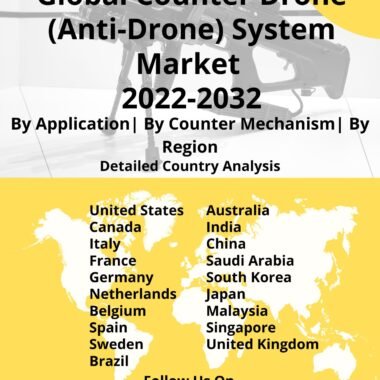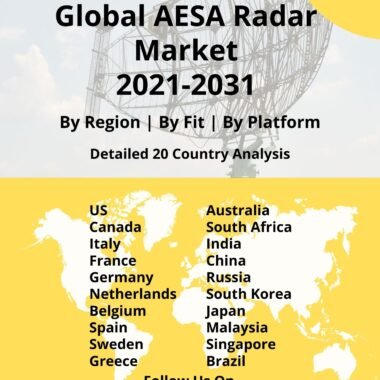Description
Ship radars are a crucial component in threat detection, tracking, and navigation. Radars now can track and classify multiple incoming threats simultaneously. AESA radars consist of computer-controlled antennas in which the radar beam is steered electronically without moving the entire antenna system. AESA radars can radiate beams of radio wave at multiple frequencies simultaneously. This is vital, as AESA radars are not intercepted by the older generation of RWR (Radar Warning Return) on ships and aircrafts. Even the newer generation of RWRs have to be highly sensitive to detect AESA since multiple frequencies are used in AESA systems. Thus AESAs are also known as low probability of intercept radars. AESA radars are much more reliable when compared to older generation PESA (Passive electronic scanner array) radars. Each of the modules in AESA radar operates independently and hence they are not disabled by single module failure.
AESA radars are also resilient to jamming. Jammers detect the operating frequency of the target marine weather radar and broadcast jamming signals in that particular frequency. This confuses the target radar thus making them ineffective. AESA radar’s ability is to spread the frequencies across a wide band, making it difficult to jam.
X-Band radars are the most widely used naval radars. X band radar’s ability to utilize small antennas makes them the favorite candidate for the naval ship where space is a vital commodity. These radars also provide superior target resolution. X- Band radars are best suitable for fire control functionality, their higher frequency is excellent in guiding missiles. Hence they are a critical part of the ship’s defense. Their shorter wave length makes them suitable for target detection at a shorter distance. S-Band (2GHz – 4aGHz) have a higher wavelength and less attenuation making them suitable for target detection at long distances.
Marine weather radar is currently undergoing a transition to fully solid-state architecture. Solid-state radars offer superior performance when compared to traditional magnetron radars. Solid-state radars require low maintenance and hence reduce the need for frequent parts purchase. Solid-state radars also have higher reliability and are less susceptible to breakdowns. The high speed scanning ability also increases the tracking capability. Solid state radars require lower power to transmit short pulses. Since almost all civilian ships use pulse radar with a magnetron, there is huge potential for growth in this domain. Solid-state radars no calibration and preheating.
Demand is driven by modernization program and increased defense spending. Defense spending is expected to increase due to conflict escalation in Eastern Europe, particularly Ukraine and Chinese aggression in the Asia pacific region.




